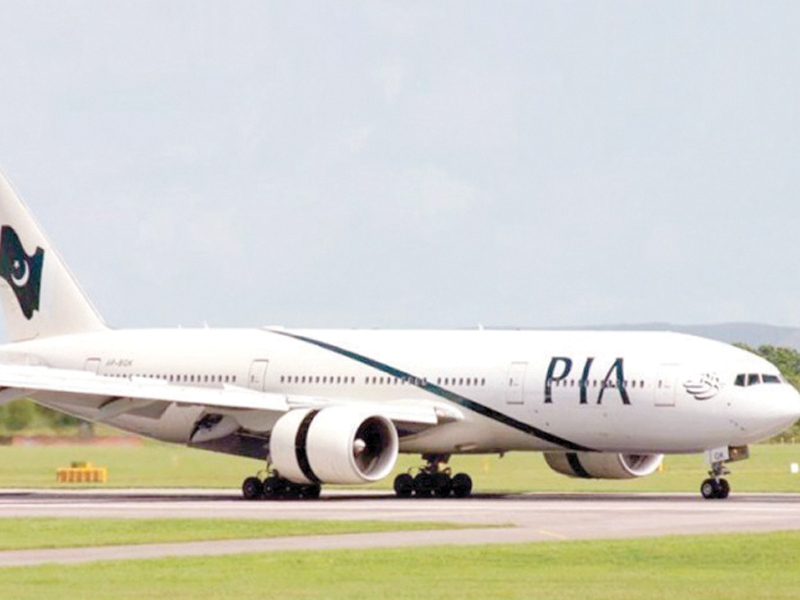
As part of the services industry, the employee cost in airlines has traditionally remained high. But cost composition changed drastically in the last couple of years with a sharp increase in oil prices. PIA hasn’t been an exception.
Being a pilot, airhostess or aeronautical engineer is a matter of prestige. Compared to people with the same level of education and skills in other professions, a worker in an airline was always paid more – a pilot would earn more than a doctor.
But in the last decade as airlines booked losses and filed for bankruptcy, the model was changed. Emphasis on cutting cost increased and in most cases employees had to take the hit.

In 2003, PIA employees were eating up 19.3% of revenues while fuel accounted for 24.2%. In absolute terms, employees were paid Rs9.172 billion and Rs17.9 billion was spent on buying jet fuel.
After nine years, the employees and fuel consume 22% and 54.54% of revenues. But in absolute terms, the cost of employees has jumped to Rs27.5 billion.
“You are asking me to justify this? Why don’t you compare this increase in salaries with the rate of inflation over the past six years? This rise seems fair,” says Shaukat Jamshed, President of the Society of Aircraft Engineers.
Like other carriers, PIA suffers from the issue of staff promotions – employees gradually move up the ladder whether they are capable or not.
“This is a serious issue. It doesn’t matter if someone was hired to serve tea. After a time, he would become an officer and then we wouldn’t know what to do with him,” said Ahmad Saeed, former chairman of PIA.
PIA has 19,300 employees, with 8,000 workers falling in the lowest grade of 1 to 4. There are 550 pilots, 2,300 cabin crew and 700 aircraft engineers.
However, because of the grade system, the engineering department has around 5,000 employees in total.
The airline has around 80 aircraft engines, which need overhaul and repair every few months. Around 50 of them are flown abroad for that purpose.
“We don’t need such a big engineering setup, especially with all the losses from the main business of selling seats. It’s an extra cost we are incurring,” said a PIA official who until recently was heading a key department.
No concrete data is available on individual profit and loss analysis of the engineering, catering and flight services departments.
Salaries of pilots have been revised two times in the past five years. Pilots are paid a dozen allowances but the compensation is more or less in line with competitors.

“I don’t understand why the axe has to fall on employees when fuel makes up the major cost component,” said Captain Sohail Baloch, president of the powerful Pakistan Airlines Pilots Association (Palpa).
“Even then we are ready to bend over backwards and discuss cuts but first the management should take real steps to reduce cost. Implement our proposals of better aircraft turnaround and weight reduction, show sincerity,” he said.
Published in The Express Tribune, September 30th, 2013.
Like Business on Facebook, follow @TribuneBiz on Twitter to stay informed and join in the conversation.
COMMENTS (6)
Comments are moderated and generally will be posted if they are on-topic and not abusive.
For more information, please see our Comments FAQ















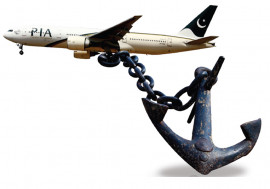
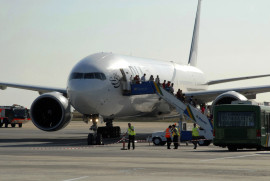
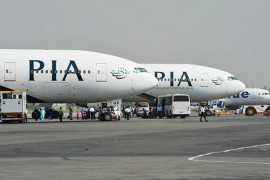
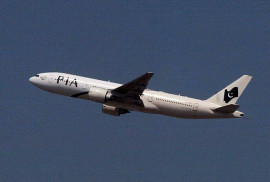




















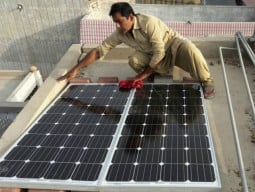





This is the same Sohail Baloch who said he would turn the fortunes of PIA, along with Shaukat Jamshed upon ousting Aijaz Haroon after a series of protests and boycotts. nobody is questioning them what happened to their stalwart claims. Bunch of hypocrites nothing more. These guys are the ones behind PIA's debacle.
Not sure if Lakson Group's investment department is shorting PIA stock or what, all stories on business section in front page is showing end of PIA.
The airline has to first carry its employees before it can take off with fare paying passengers.
Yep, tow the neo-liberal line. Fire the workers.
Really bad job with graphing ET, I am not being able to figure which dotted line represents which cost.